
At the end of the Kamakura period, Shōken in the year 1313. A famous temple with the name of Yume Window Soseishi (kōshi) as the wound and the Buddha Zen Master as the shrine. The Kanyon-do and Kaisan-do are national treasures, and the Ikeizumi Kaikyō Garden, which is created by Yume Window Soseishi (Kokushi), is designated as a national famous victory. Kaesan-do is said to be a prototype of Gonzo, one of the styles of shrine architecture. The autumn season is particularly beautiful when mid-to late November is around. Because of the temple of the temple, reservations are required for tours with more than 10 people.
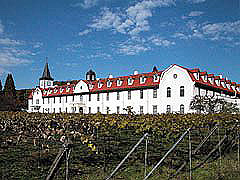
In 1930, the venerable monastery was built as the central monastery of the Jinjin Convent of the Japanese District. The beautiful stained glass cathedral has a majestic atmosphere reminiscent of medieval Europe. In addition to the cathedral, you can also see the courtyard where the statue of Mary of Lourde Caves is enshrined.
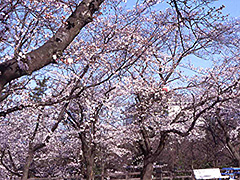
It was selected as the "33-selection of Hida/Mino Sakura" selected by Gifu Prefecture, and a cherry blossom spot with a full view of the city of Tajimi from the Sononai Observation Deck. Near the park, which is surrounded by cherry trees, there are Torakesan Eihoji Temple and the Shingonkai Monastery.
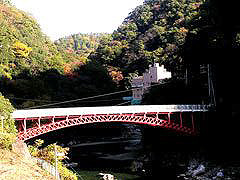
Near the prefectural border between Aichi and Gifu prefectures, the valley of the Doki River, which flows gently meandering. It is a valley where you can enjoy the scenery of the four seasons, such as cherry blossoms in spring and autumn leaves. There are also small waterfalls, such as Mitsu Falls, near JR Kotorkei Station, along the Ichinokura River, a tributary of the Togi River.
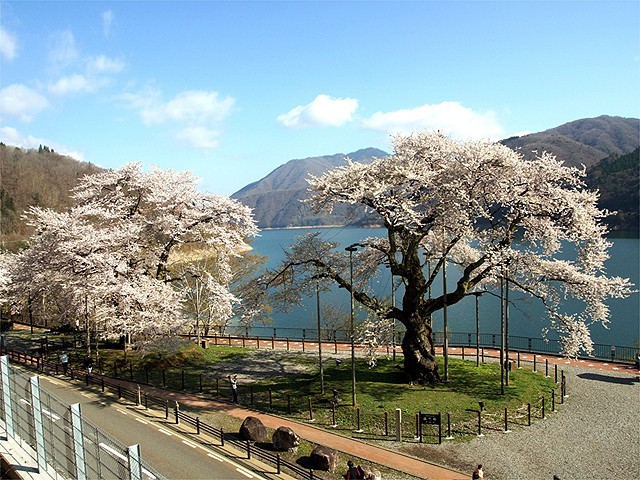
Two Azumahigan zakura with beautiful flowers on the lake. 6m around the trunk. It is said to be over 500 years old. It used to be located in the precincts of Kōwa-ji Temple and Shuren-ji Temple, which were submerged at the bottom of the lake of the Momo-i Dam. The first president of power supply development, Tatsunosuke Takago, asked Dr. Sakura, Shintaro Sasabe, and gardener, Masamitsu Niwa, to perform the transplant. The transplant of old cherry was difficult, but spectacularly successful. The flowers are still blooming.

It is located near the confluence of Echizen Kaido, Takayama Kaido and Shirakawa Kaido, so it is a vast natural park named Aino no Mori. A natural walking path is provided, so you can enjoy a leisurely forest bath while listening to the singing of wild birds. Deai no-no-kan introduces the life of the mountain and the forest (Deai no-no-kan tour is required).
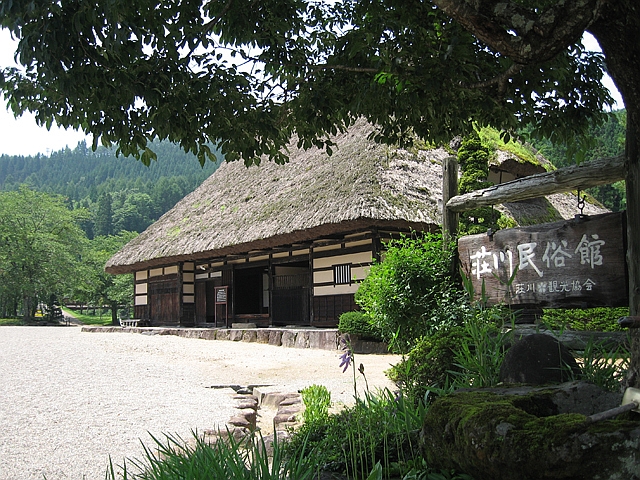
Five old houses were relocated and preserved on the banks of the Shō River. One of them The former Mishima family was built in the year 1763 (1763) and was originally built with a hipped-type gasp structure, but was converted to a gable plate in the early Meiji era. It is the earliest in the prefecture to adopt the quaternary format, and has become the basic form of private houses in the Hida region. The former Watanabe family was a hipped-style Irimoya Gajō-zo, which is estimated to be built from the late Edo period. It takes 40 minutes.
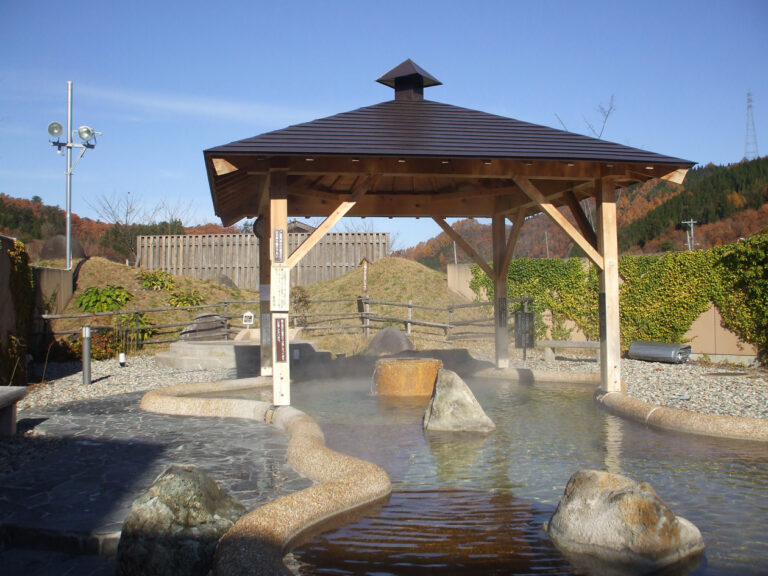
A stop-over hot spring adjacent to the roadside station Sakuranogo Shokawa, located along National Route 158, just a short distance from Shokawa IC. The springs are sodium-bicarbonate springs. A large bathhouse with inner water is equipped with an open-air bath (free loan of bastaol face towel), as well as a family bath and a barrier-free welfare bath that can be rented in a complete private room. There is a souvenir corner and a restaurant.
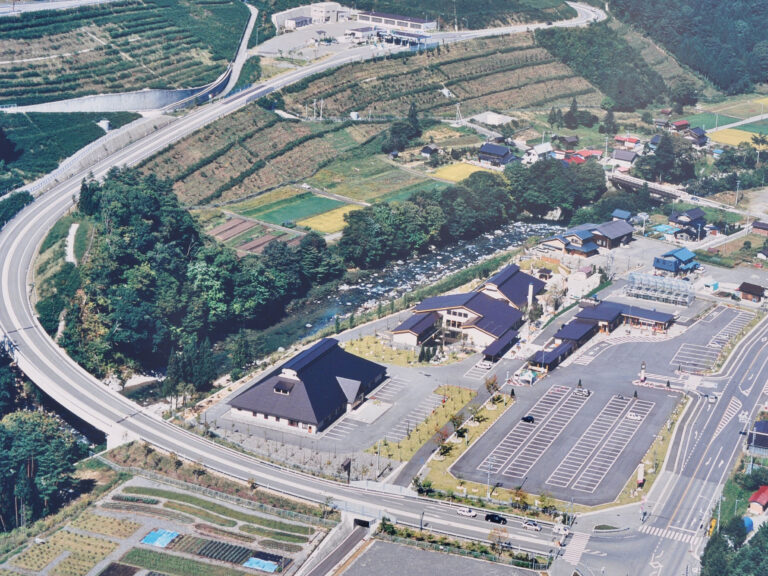
Roadside station, which stands at the entrance of the Tokai Hokuriku-do/Shokawa IC. You can transfer from the express bus from Nagoya to the route bus. Hot springs and the Shokawa Dome, an indoor athletic field, are also attached, making it a place for locals to unwind. Agricultural products grown on the plateau at an altitude of 1200m, and specialty products such as buckwheat flour from Shōkawa 400g 720 yen are also sold. Sakura Soft Cream 320 yen is popular for its elegant taste.
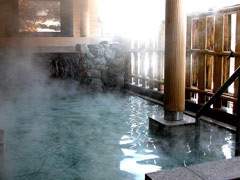
You can enjoy a day bath at a hot spring inn at the northern entrance of Ogimachi settlement in the world heritage site of Shirakawa. For men and women, there are inner baths, open-air baths, dry saunas in Noyu, and mist saunas in Noyu. From the open-air baths, you can view the seasonal views of Hakusan Renpong, the village of Gassho, and the Shogawa flowing under your eyes.











